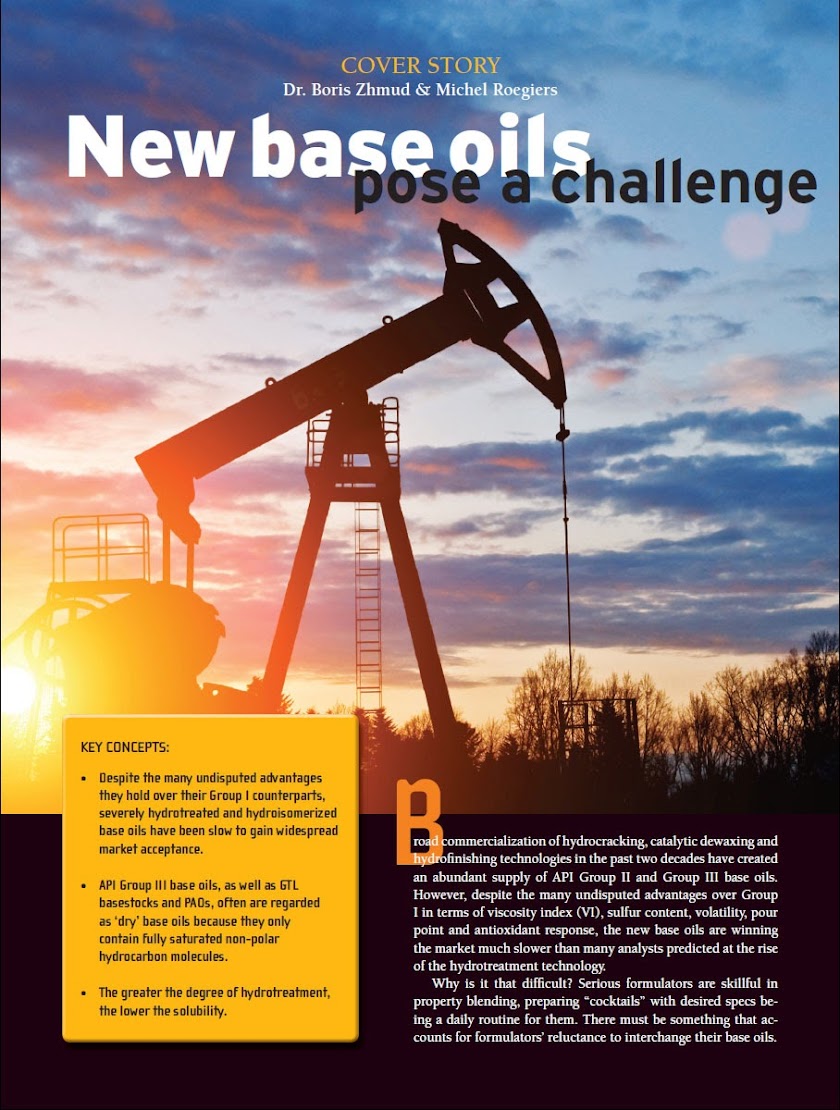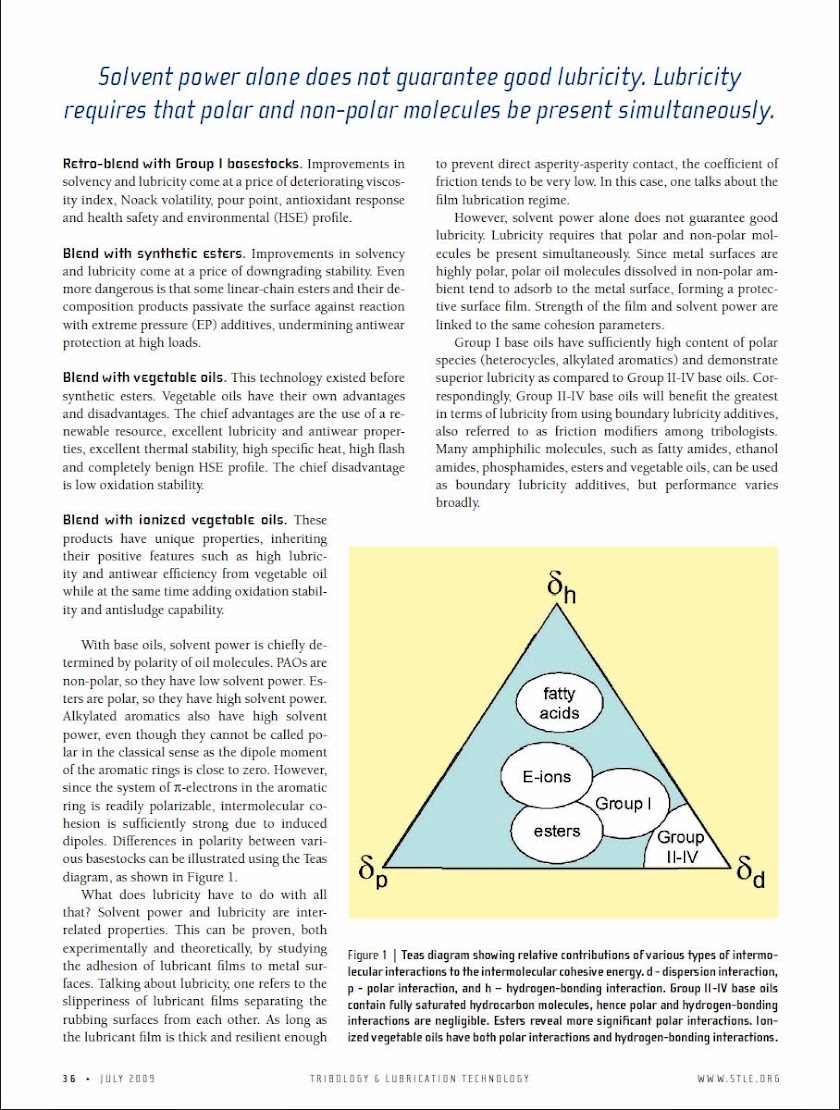Trinuclear moly is neither hard nor expensive to make. The lowly Mobil Delvac 1300 Super CJ-4 advertised to have it.
Mobil Delvac 1300 Super 10W30 and 15W40 are formulated with a) optimized baseoil technology containing severely hydroprocessed base stocks, b) patented Trimer* additive technology and c) a mixed detergent system to deliver cutting edge performance in both new and older engines. In addition to assuring excellent control of oil thickening due to soot build up and outstanding TBN retention for long drain intervals, Mobil Delvac 1300 Super's advanced technology also provides outstanding resistance to oil consumption, oxidation, corrosive and abrasive wear, and high temperature deposits.
*Trimer additive technology is a patented additive technology that imparts outstanding wear performance, effective oxidation resistance and improved frictional properties while contributing little to the overall ash content enabling Mobil Delvac 1300 Super to deliver performance beyond the boundaries of industry requirements of API CJ4.
Infineum refers to "DTC" when they advertise trinuclear moly. The other companies don't seem to put emphasis on that. That's why I said this could be trinuclear moly. Also, don't forget that DTC is only one of many kinds of organic moly, trinuclear or not.
Mobil Delvac 1300 Super 10W30 and 15W40 are formulated with a) optimized baseoil technology containing severely hydroprocessed base stocks, b) patented Trimer* additive technology and c) a mixed detergent system to deliver cutting edge performance in both new and older engines. In addition to assuring excellent control of oil thickening due to soot build up and outstanding TBN retention for long drain intervals, Mobil Delvac 1300 Super's advanced technology also provides outstanding resistance to oil consumption, oxidation, corrosive and abrasive wear, and high temperature deposits.
*Trimer additive technology is a patented additive technology that imparts outstanding wear performance, effective oxidation resistance and improved frictional properties while contributing little to the overall ash content enabling Mobil Delvac 1300 Super to deliver performance beyond the boundaries of industry requirements of API CJ4.
Infineum refers to "DTC" when they advertise trinuclear moly. The other companies don't seem to put emphasis on that. That's why I said this could be trinuclear moly. Also, don't forget that DTC is only one of many kinds of organic moly, trinuclear or not.









